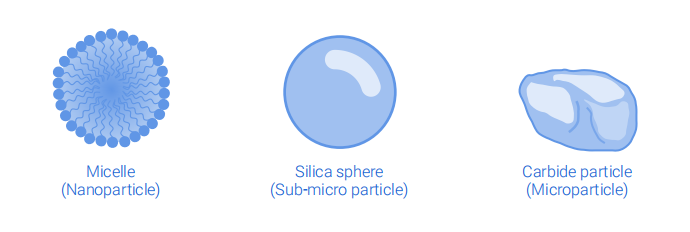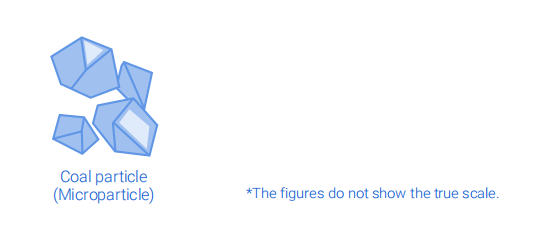How can particles be distinguished by size?
2023-07-12WIKI

A more accurate definition based on distinguishing between particles according to their sizes is as follows.
The first group contains particles whose sizes are smaller than 1nm, and an example of that category is water molecules whose size is from 0.3nm to 3Å.
The next grouping is nanoparticles, which generally fall into the size range between 1 and 100nm and can be such as naturally occurring iron oxide, iron sulfide, silver, and gold. Alternatively, there are those nanoparticles that are created and are being used in the manufacturing of scratchproof eyeglasses, concentrated pigments, crack-resistant paints, iron dextran injections, self-cleaning windows, thermosensitive polymers, ceramic coatings for solar cells, and nanoparticles coated with monoclonal antibody.
The size range of sub-micron particles is between 0.1 and 1μm. This grouping includes various types of particulate matter in seawater, ultrafine clays, pigments, and fine calcium carbonates.

The largest group includes microparticles whose sizes range from 1 to 100μm, such as minerals, cement, pharmaceuticals, paints, toners, battery products, and 3D printing materials.
Coarse particles include plasters, fillers, sugar, coffee, and microcrystalline cellulose. Their sizes are between 100 and 1000μm.
Finally, there are granules that can be considered agglomeration of fine particles, which include pharmaceutical granules, extruded plastics, rice, and fertilizers.
Commonly the sizes of granules are larger than 1000μm.




